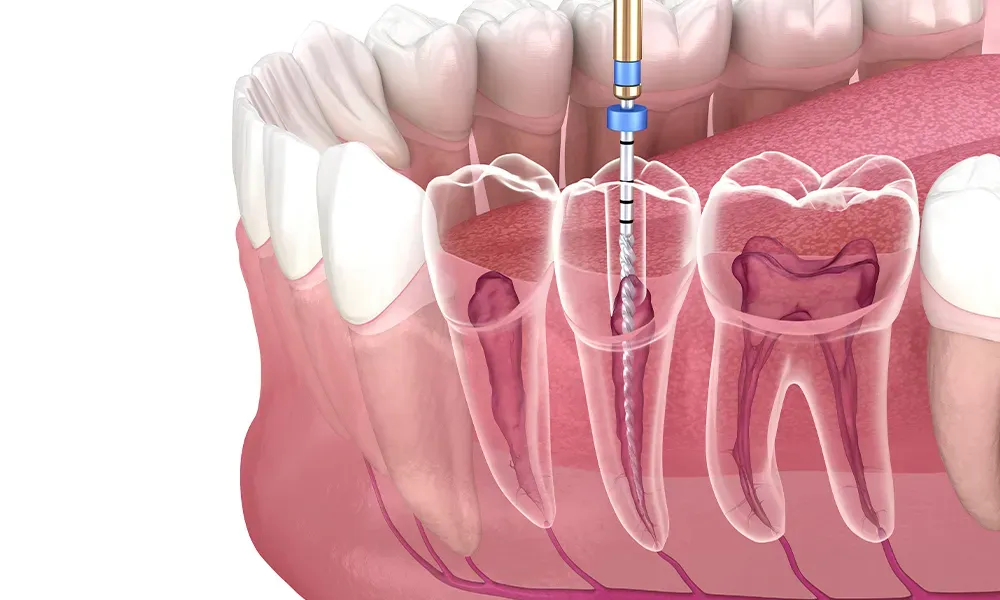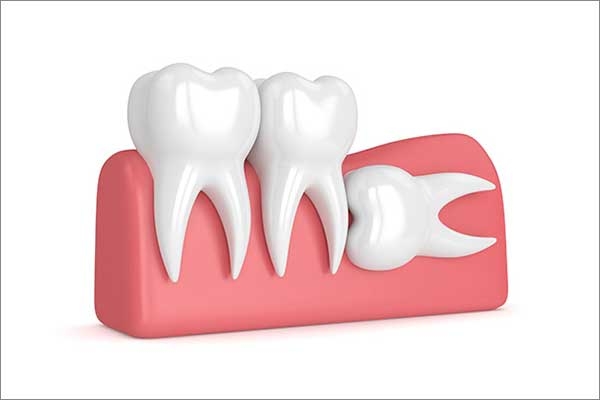
Tooth decay is a common dental problem that can become severe, affecting the pulp. This may cause significant pain and discomfort, in addition to other symptoms like fever, and pus-discharging abscess formation. In the past, teeth with extensive decay that couldn’t be treated with root canal therapy were often extracted.
Fortunately, specialists offering dental practice in Valley Village are experienced in handling and managing such cases through procedures like tooth hemisection. This saves your decayed and damaged teeth from unwanted extractions. Read on to learn how a tooth hemisection procedure is performed.

An introduction to tooth hemisection
Tooth hemisection is a minimally invasive endodontic surgery that involves dividing the tooth into two separate halves. This procedure is typically performed on multi-rooted molars with at least two roots. The primary goal is to preserve the tooth’s structure and functionality, offering a conservative and cost-effective alternative to molar extraction.
Indications of tooth hemisection
There are several common reasons for a hemisection. These include:
- Failed root canal treatment
- Vertical root fracture
- Bone loss
- Bifurcation
- Damage to the pulp chamber
- Severe root exposure
The comprehensive procedure involved in tooth hemisection
At first, the dentist will evaluate your tooth through dental radiographs. This helps them identify the exact areas of defect around the tooth. This also helps determine your candidacy for the procedure.
Here is a comprehensive guide to tooth hemisection:
- Your dentist will administer a local anesthetic to numb the affected tooth.
- The tooth roots will be accessed through a small incision in the gums.
- If there is a healthy root, the dentist will perform a root amputation on the damaged root and leave the surviving root intact.
- The treatment area will be cleaned, and a temporary crown will be placed to cover the remaining half of the crown.
Expectation post-tooth hemisection
You may feel some discomfort and mild swelling for the first two days post-procedure. You are expected to avoid chewing hard foods to prevent bleeding and damage to the sutures. Your dentist will prescribe an antiseptic mouthwash to ensure the mouth is clean and free from infection after the surgical procedure. The sutures will be removed after about a week or two. The tooth should be healed enough to place a dental crown after a few months.
Final thought
Tooth hemisection is a conservative and cost-effective alternative to extraction. This procedure involves removing one-half of multi-rooted molars, preserving healthy tooth structure, and preventing the gap that extraction would leave. leave






